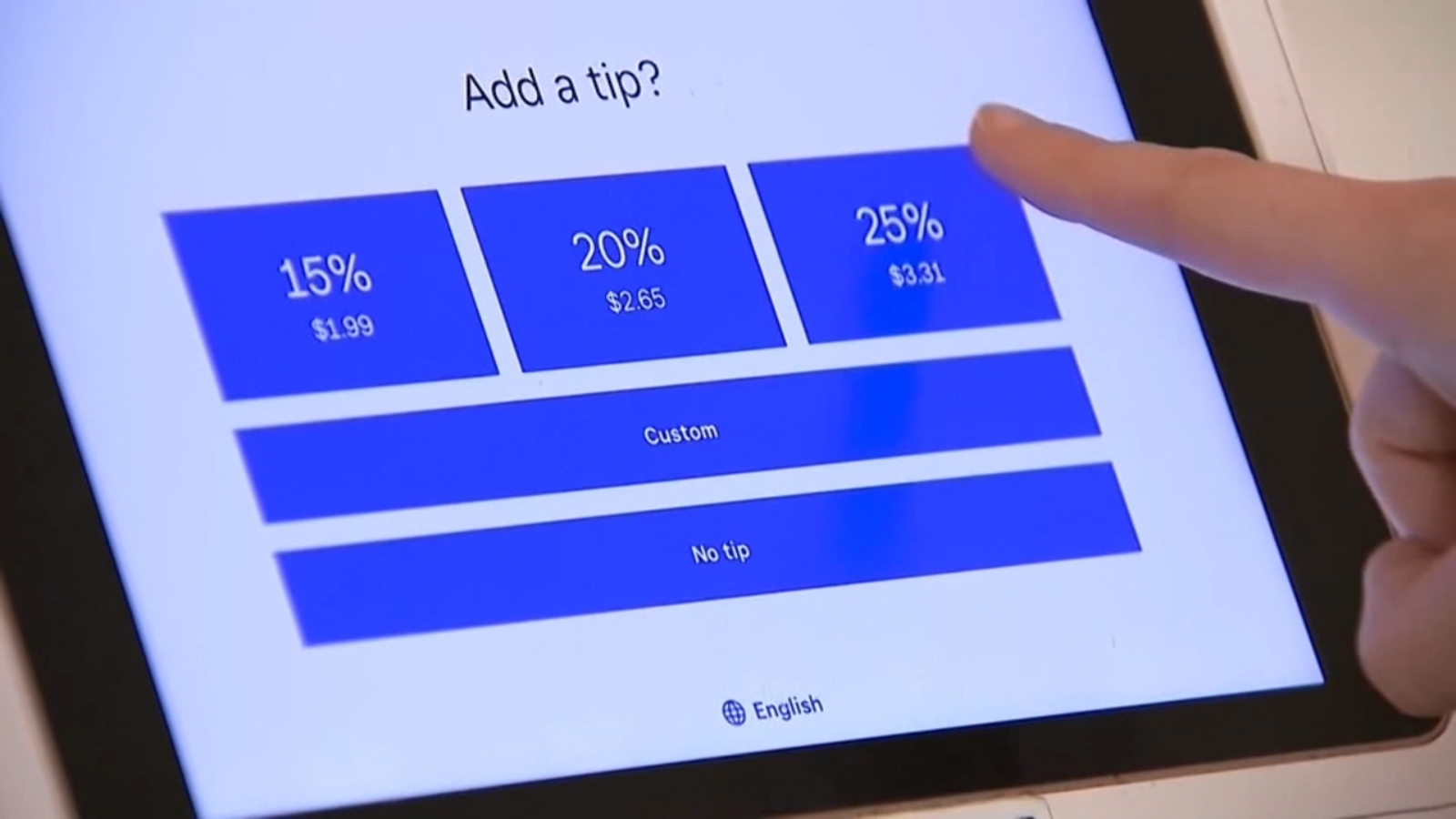Since around 2020, and getting worse with each passing year, has seen the so-called trinity of enshitification, tip-flation, and shrinkflation, that working in unison has gradually and insidiously eroded our purchasing power, our sanity, and the quality and quantity of goods we consume. It’s bad enough having 7% annual ‘official’ CPI inflation, but including other, more insidious forms of inflation, the actual figure is likely much higher.
Out-of-control tipping has been in the news for the past year, and has been likened to emotional blackmail or extortion. Such ‘tipflation’ is yet another form of inflation, on top of surging CPI and shrinkflation. The way it works is you’re presented, usually on the Square point of sale payment processing console, with three options: no tip, but also two other options in which the suggested tips are extremely high, sometimes on the order of 25-40%. So either you are a miser, or are coerced to pay what is effectively a 30% tax or more on your purchase. I dunno who is paying such high tips, but evidently enough do or else the idea would not have caught on. This taps into people’s psychology again: being perceived as cheap or stingy is worse than being extorted. And also peer pressure: the fact that employees and other customers can see how much you tip, probably factors into that decision.

The move towards ‘everything as a service’ is another form of inflation. Companies realized they were leaving money on the table by not making everything a subscription if possible. Most people forget to cancel (and of course, companies are notorious for making it hard to cancel), and a recurring payment over many months or even years is somehow from a consumer standpoint psychologically preferrable to having having to pay a higher initial price, even if the former is soon more expensive. The ‘games as a service’ business model is part of this. It used to be if you bought a video or a computer game, everything that you needed to finish the game was covered by the initial purchase, but games as a service means paying an upkeep to advance or finish the game. Between Netflix, cable, phone plans, etc. it quickly adds up to considerable money, all recurring.
Planned obsolesce is another form of inflation that is also overlooked by the ‘official’ stats. It has gotten bad enough that even mainstream publications like Vox are writing about it. It’s why stuff seems to break so easily. Sometimes it’s more subtle, or forced upgrades to new technology that offers no improvement or is worse. USB-C peripherals are more likely to break because the connection is smaller and thus more delicate:

‘Enshitification’ describe the gradual degradation and deterioration of services, such as due to intrusive ads and or unwanted features or useful features being disabled. Although not technically a form of price inflation, if time is money, then time wasted watching/skipping ads or disabling features does impose a cost. An example is Imgur forcing users have to watch up to 25-second un-skippable ads before uploading content:

Ironically, the above image was uploaded through Imgur, but that is the problem: once a site or service attains market dominance, it has the discretion to squeeze every last penny out of its users or subject them to unwanted impositions, knowing that there are no better alternatives.
It’s not just Imgur, but this trend of enshitification is seen elsewhere too, of websites that were once useful that undergo significant degradation of the user experience. Another example is Reddit, which has gotten worse due to excessive censorship and arbitrary rules under recent changes to management and since Covid. Or Twitter quietly disabling features under Musk’s ownership, such as the ability to search for tweets while not logged in.
For YouTube, the move to ‘reels’ or ‘shorts’ at an attempt to copy TikTok and Instagram, comes at the cost of playback, pause, and fast-forward icons:

YouTube disabling visible downvotes makes it harder to ascertain, without having to watch the video, if it’s worth your time. (Negative comments can be deleted.) Or a 15-minute how-to video in which 13 minutes is full of ads and product placement. More ‘watch time’ means more ad revenue for YouTube, but a worse experience for viewers.
Same for unwanted features. It used to be when I purchased a computer, I wanted more features, but now I find myself trying to disable them. For example, bloatware, such as the dreaded and useless McAfee, which after over a year I finally got around to uninstalling for good:

And also warnings of hearing loss if you turn the volume up too much–really?:

Who signed off on this?
Or Instagram or other social networks showing posts by people who I am not following (the point of followers is that I want to exclusively see their content, and not other content) in order to boost all-important ‘engagement’ again, which seems counterproductive if I am not even interested in it?

Kudos to Craigslist for staying unchanged for so long, and same (mostly) for Wikipedia. The fact such sites are still popular, shows that having more features are not needed to have a successful, long-standing business or brand.
And last but not least, shrinkflation. Like planned obsolesce, after initially being dismissed by experts as imagined or a conspiracy theory, shrinkflation is no longer related to the heterodox or the fringes, but now even has a Wikipedia page devoted to it and has gotten mainstream coverage such as by PBS and the NYTs.
The worst part is how dumb and stupid all these irritations are.